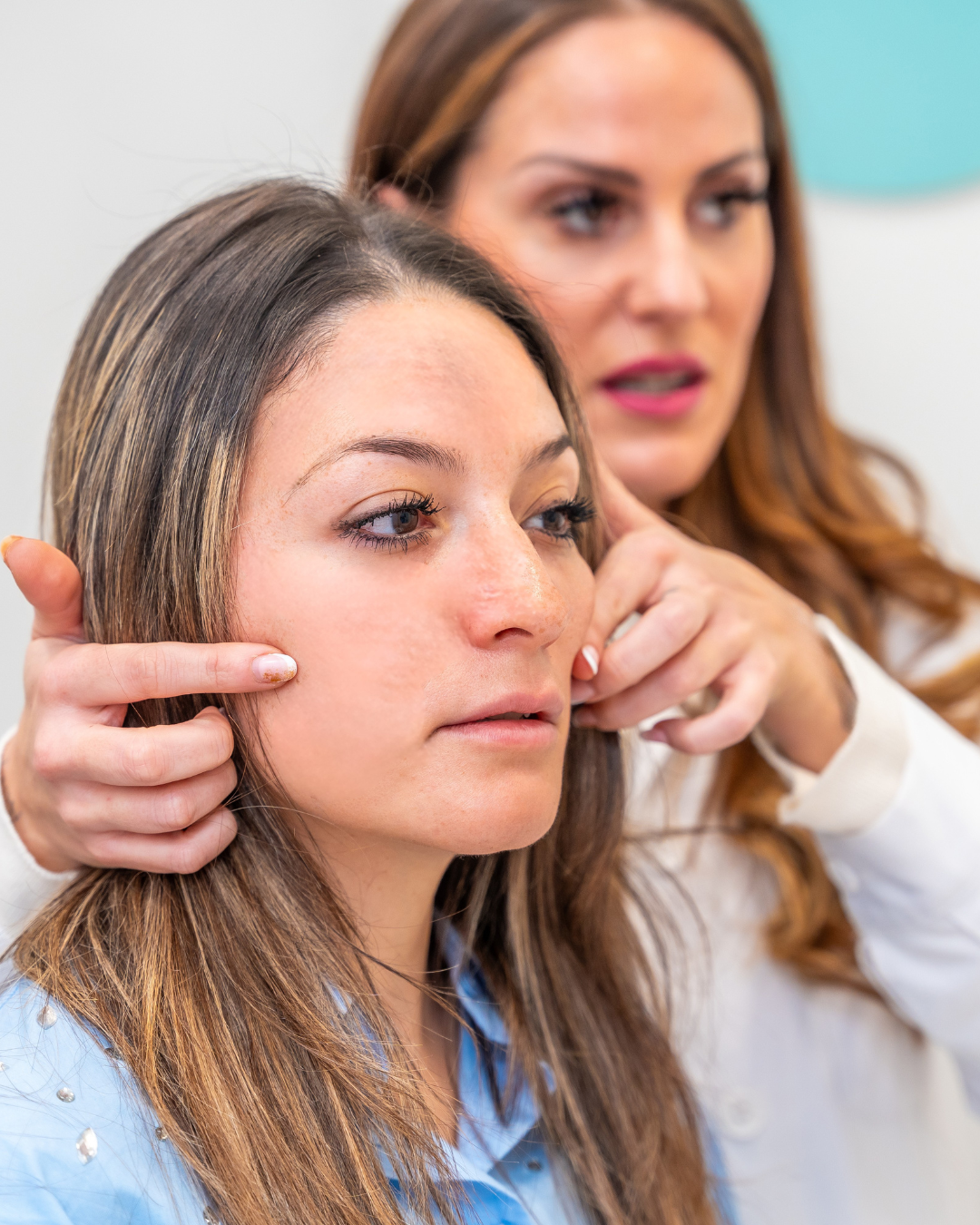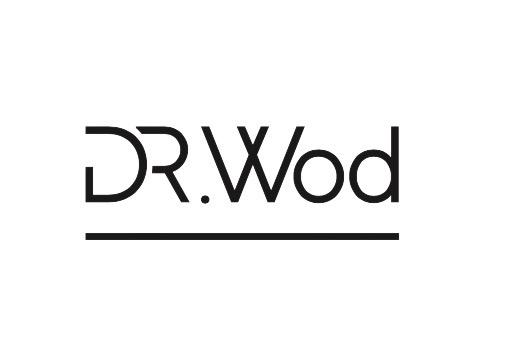
What is a Facial Assessment?
Share
Understanding the Importance of Facial Assessments
Ever looked in the mirror and wondered why certain treatments seem to work wonders for others, but not quite for you? The answer might lie not in doing more, but in understanding your face better first.
At Dr Wod Cosmetic Clinic, every aesthetic journey begins with a comprehensive facial assessment. This crucial step allows us to understand your unique facial structure, skin quality, and personal goals. It's not just about addressing surface concerns; it's about creating a tailored plan that enhances your natural beauty.
What Does a Facial Assessment Involve?
A facial assessment is a detailed evaluation conducted by our experienced practitioners. It includes:
- Facial Structure Analysis: Examining bone structure, symmetry, and proportions.
- Skin Quality Evaluation: Assessing texture, elasticity, hydration levels, and any signs of ageing or damage.
- Muscle Movement Observation: Understanding how your facial muscles move to identify areas of tension or overactivity.
- Discussion of Personal Goals: Listening to your concerns and what you hope to achieve with aesthetic treatments.
This comprehensive approach ensures that any recommended treatments align with your unique features and desired outcomes.
Why is a Facial Assessment Important?
No two faces are the same, and a one-size-fits-all approach doesn't work in aesthetic medicine. A facial assessment allows us to:
- Personalise Treatment Plans: Tailoring procedures to suit your individual needs.
- Enhance Natural Beauty: Focusing on subtle enhancements that respect your unique features.
- Ensure Safety and Efficacy: Identifying any contraindications or areas requiring special attention.
By understanding your face thoroughly, we can recommend treatments that offer the most benefit, ensuring natural-looking and harmonious results.
Begin Your Personalised Aesthetic Journey
A proper facial assessment is not about finding flaws; it's about finding balance and creating a plan that enhances your natural beauty without changing who you are.
Real confidence starts when you feel like the best version of yourself.
Ready to explore what a personalised facial assessment can do for you?
Book your consultation with Dr Wod Cosmetic Clinic today.
